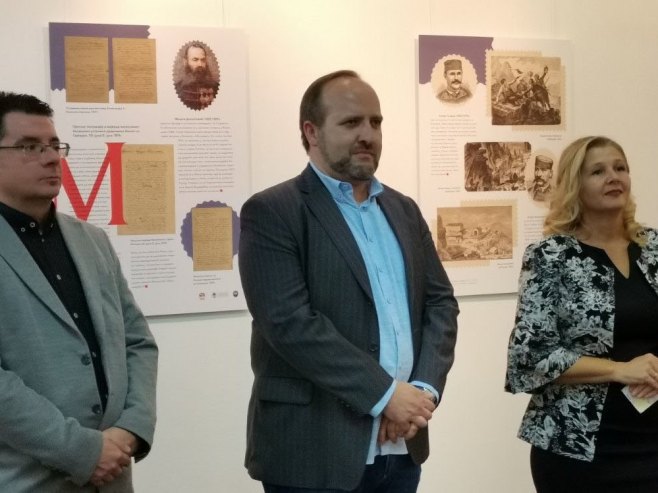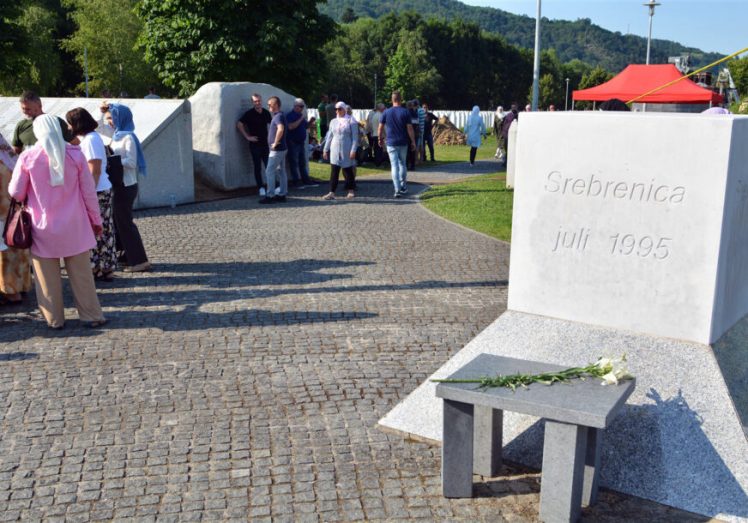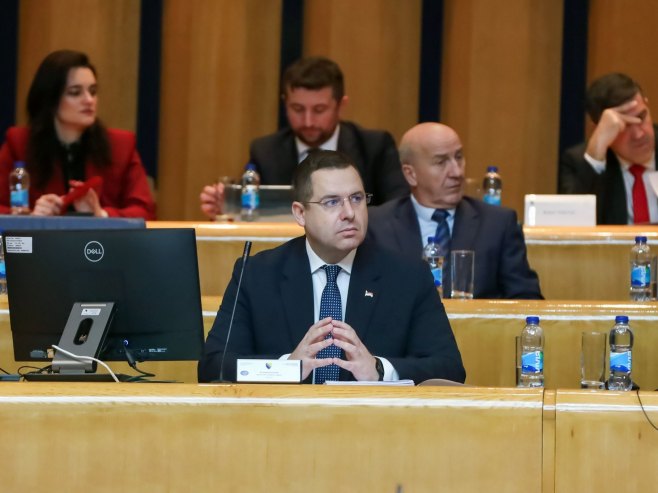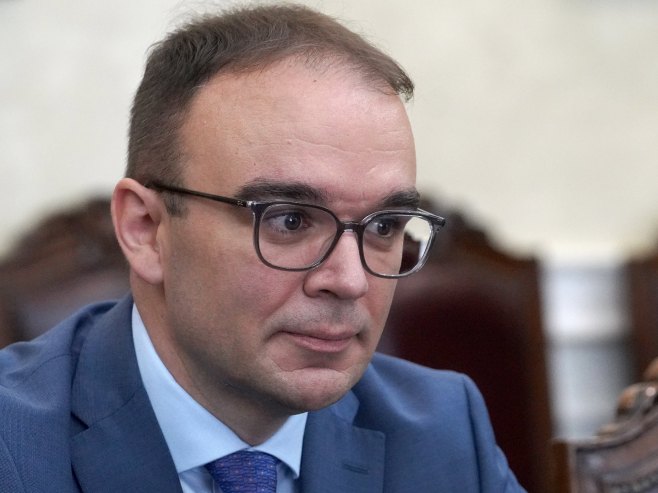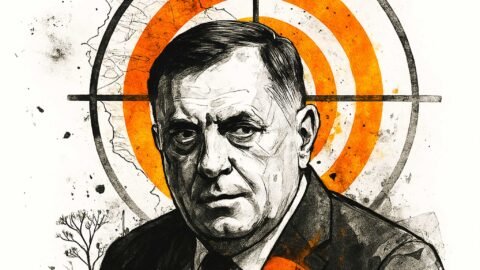The exhibition “Serbs in the Great Eastern Crisis (1875–1878): 150 Years Since the Beginning of the Wars for Liberation and Unification” was officially opened tonight in Doboj, organized by the Association of Historians of Republika Srpska “Milorad Ekmečić.”
Authored by Borivoje Milošević and Radovan Subić, the exhibition features 20 panels with historical photographs, archival documents, publications, and newspaper excerpts that illustrate this pivotal period of South Slavic history.
Milošević explained that the exhibition marks the 150th anniversary of the Great Eastern Crisis, one of the turning points in Serbian national history:
“Our ancestors rose up in a three-year-long, bloody rebellion with the dream of gaining long-awaited freedom and uniting with the Serbian states of Serbia and Montenegro,” said Milošević.
Subić highlighted one particularly significant — yet historically neglected — document from 1876, which records the proclamation of the unification of Bosnia with Serbia and Herzegovina with Montenegro at several locations in Bosanska Krajina and Eastern Herzegovina.
“With this exhibition, we wanted to properly mark one of the most important events in the history of the Serbian people,” Subić noted, adding that the Great Eastern Crisis began with a small armed incident in Nevesinje in July 1875 and soon spread to the Krajina region.
He reminded that, despite the heroic struggle, the Serbian people did not achieve their centuries-old dream of freedom, as the Ottoman occupier was replaced by the Austro-Hungarian one in 1878.
Subić also pointed out that historiography still lacks a comprehensive scientific monograph on the Herzegovinian Uprising, despite numerous biographies of individual participants.
The exhibition is hosted at the Art Gallery of the Doboj Center for Culture and Education, whose director Vukosava Sofrenić announced that student visits and educational history sessions will be organized in the coming period to further promote historical awareness among young people.
Source: RTRS


